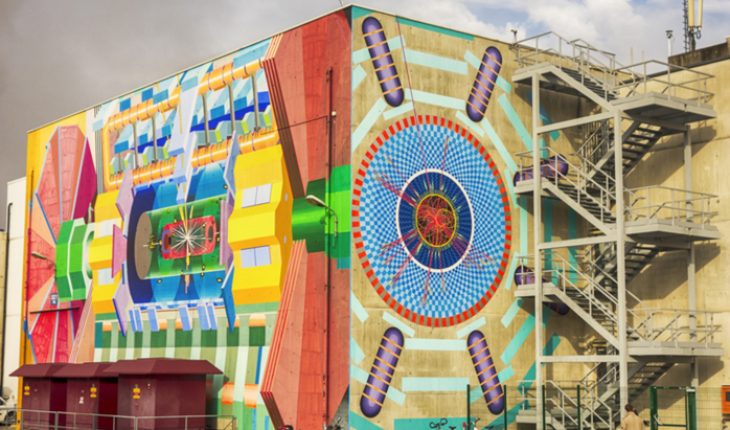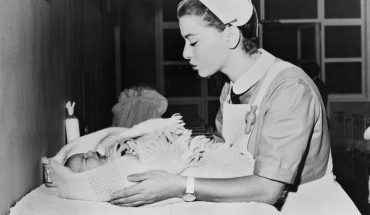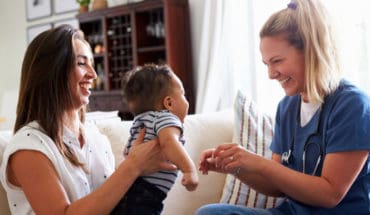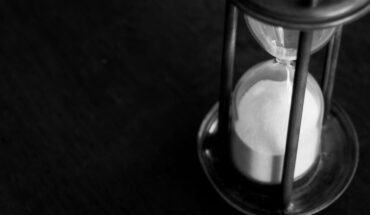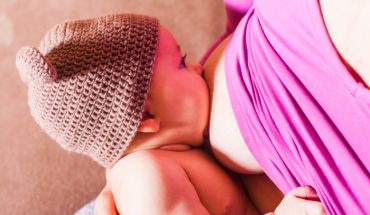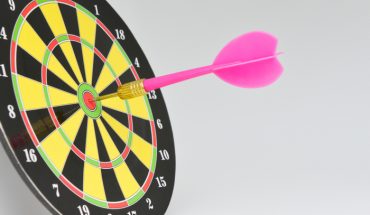The greatest moment in my career (and maybe life) so far, was when we discovered the Higgs particle at the CERN laboratory in Switzerland during the summer of 2012.We had been working day and night and at weekends for a long time to get the analysis ready.
A few of my colleagues and I had gone to the CERN cafeteria to take a sneak peak just before presenting the final results to the entire team. I will never forget the feeling when I saw the results. It was so clear! The Higgs was there. We didn’t know it then, but we did suspect it – that this discovery would lead to a Nobel Prize in physics, which then happened in 2013.
The magic feeling having achieved something so rare lasted about three weeks. I started questioning what to do next. The experiment was shutting down for a couple of years for an upgrade and, after that, I thought ‘would I ever be able to experience something this great again in particle physics?’
A month after the Higgs discovery I got married and our two week honeymoon gave room for reflection for the first time in a long time. We knew that we wanted to get pregnant in a year or two and I had, therefore, decided to stop using hormonal contraception six months earlier to give my body a chance to get back to normal. I had researched what natural birth control methods one could use in the meantime but hadn’t found a good and serious product. I, however, discovered that the body temperature changes throughout the menstrual cycle so I started analysing my own body temperature to detect ovulation and pinpoint the fertile days. It had been a revelation for me and I got more and more obsessed with the data and learning more about my body. I had of course shown my data to my colleagues at CERN and some of the female colleagues had also started measuring their temperature in the morning so I could analyze it and inform them of their fertility
My husband, also a physicist and researcher, had always wanted to become an entrepreneur and had continuously come up with business ideas. On our honeymoon, we discussed what to do next in our lives if we left physics. He suggested that we turn my fertility algorithm into an app, so all couples could benefit from our innovation. I thought that this was a really great and interesting idea and also something I could actually do myself. I always wanted to learn how to code an app.
Our vision for Natural Cycles is that every pregnancy worldwide should be wanted.
Our vision for Natural Cycles is that every pregnancy worldwide should be wanted. We realised that we had found a space in the market. Many women in the western world have side effects from taking The Pill and often quit it to not use any contraception at all, and, therefore, abortion rates increase. Another problem in the western world is that women get older and older when they want to have their first child, which might be difficult, especially after coming directly off The Pill having had their body set to an artificially infertile state for decades.
We also decided that the end goal should be the developing world, where we could have the largest impact, as the women in these areas have no or very limited access to birth control and the population is growing exponentially. We felt that if we just provide the women with this tool to control whether and when they can get pregnant, it would have a great impact on the society, the opportunities for women as well as even climate change in the long run.
Six months after the honeymoon we quit our jobs in physics. Raoul took a job as a management consultant to support us both while I locked myself in our apartment to finalise the algorithm and develop the app. I went a big crazy from the isolation, but on evenings and weekends, we worked together on this project, our new passion, which was truly amazing.
After one year we managed to launch the first version of the app. It was completely homemade, with a poor design, but it worked and has more or less the same features as our current app today. We had also managed to raise a seed round from three business angels and moved to Sweden to set up our team as we thought this would be a good starting market.
We then managed to grow fast and almost seamlessly it seemed at first. In one year we had grabbed 4% of the contraception market in Sweden and we were present in 90 countries. The startup journey is however never easy and it is full of ups and downs, but with every down, you become a little bit wiser and you are more prepared for the next upcoming challenge.
We now have over 100,000 active users in 161 countries and this year we raised $6m funding to conduct new clinical studies and donated $25m worth of free subscriptions to women in Brazil to help fight the Zika virus.
As a woman in this industry, I’m very proud of female techs entrepreneurs who work in this field every day. By empowering and supporting each other, we’re creating the future in industries that won’t always be dominated by men.
- The joys of natural contraception - 22nd January 2017
- From CERN to natural fertility - 19th January 2017
